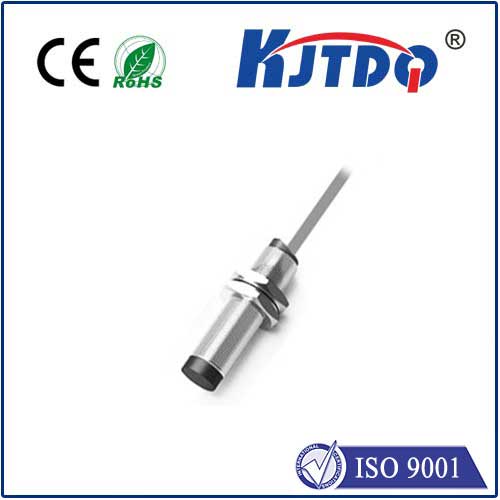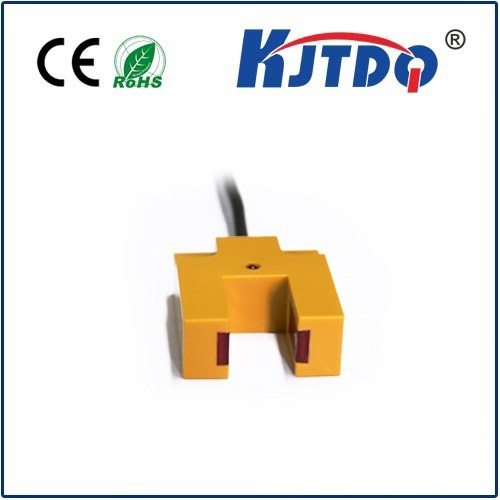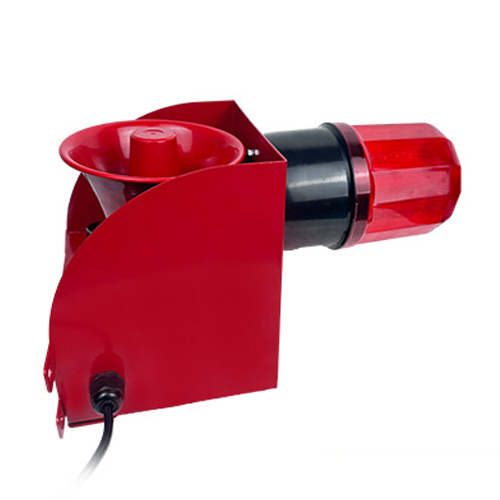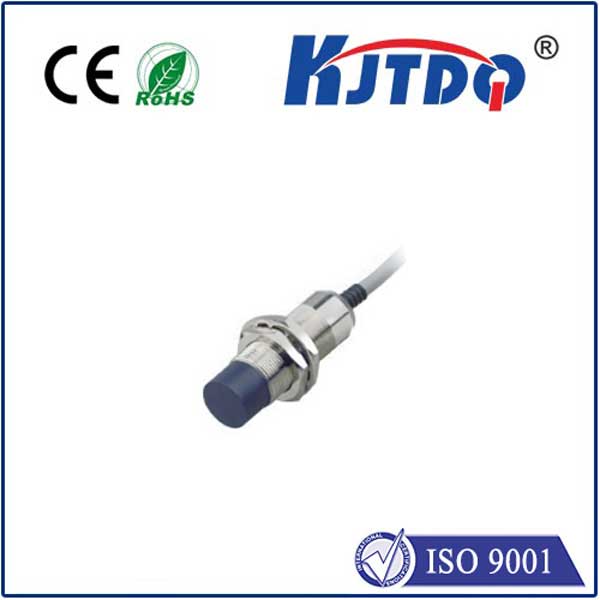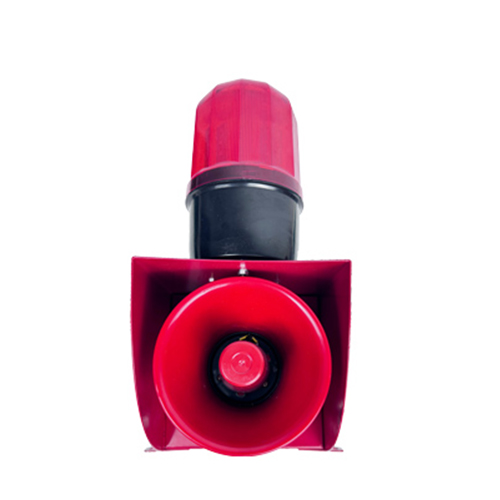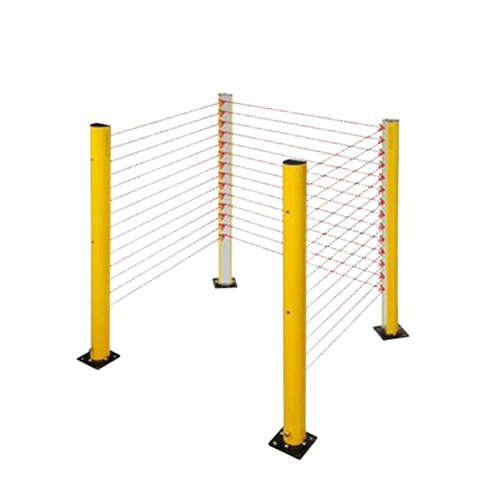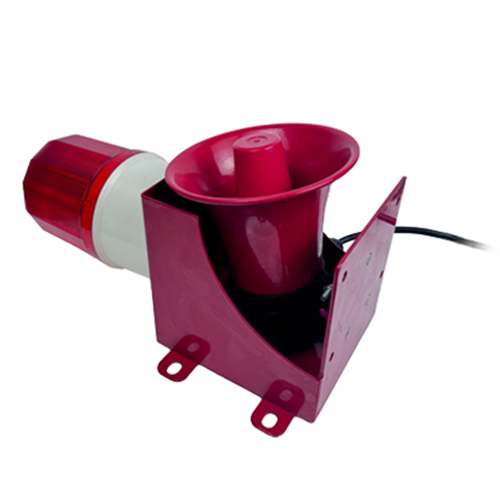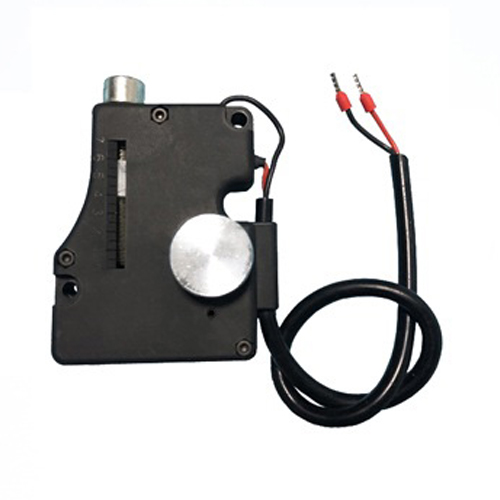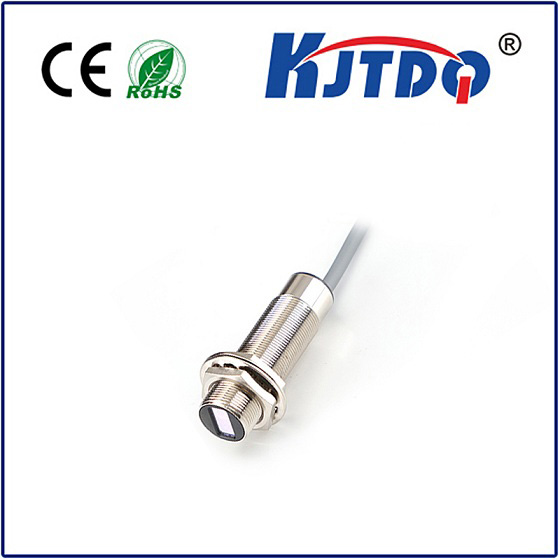

check

check

check

check

check

check

check

check

check

check
Title: The Importance of High Temperature Switches in Industrial Automation
In the fast-paced and highly competitive world of industrial automation, ensuring the safe and efficient operation of machines is of utmost importance. One key aspect of this is the proper functioning of high temperature switches, which play a critical role in protecting workers and equipment from potential hazards. In this article, we will explore the significance of high temperature switches in industrial automation and their various applications.
Introduction to High Temperature Switches
High temperature switches are specialized electrical devices that detect and protect against overheating or fire hazards in industrial equipment. These switches are designed to operate in extreme temperatures, typically ranging from 150°C to 350°C. They are commonly used in various industries, including manufacturing, chemical processing, and energy production, among others.
The Role of High Temperature Switches in Industrial Automation
In industrial automation systems, high temperature switches are used to monitor the temperature of machinery components and control the flow of coolant through the system. This ensures that equipment remains within safe operating limits, preventing damage from excessive heat and minimizing the risk of fire.
One of the main advantages of using high temperature switches is their ability to detect and trigger an alarm in the event of an overheating situation. This allows operators to quickly take corrective action, such as increasing ventilation or reducing load on the machine, before any serious damage occurs. Additionally, some high temperature switches are equipped with built-in thermal protection features that automatically shut down the equipment if it overheats beyond a certain threshold.
High Temperature Switches in Different Applications
There are several types of high temperature switches available for different applications. Some common types include:
1. Manual Reset Switches: These switches can be easily operated by hand and reset after a power failure or when necessary. They are typically used in smaller equipment or systems where manual intervention is required.
2. Proportional/Integral Controllers: These types of switches use advanced technology to continuously monitor the temperature of the equipment and adjust the flow of coolant accordingly. This ensures optimal cooling performance and helps prevent overheating incidents.
3. Electronic Ignition Control Systems: These systems use electronic sensors to detect the presence of combustible materials in the air near the equipment, thereby preventing accidental fires from occurring. They are particularly useful in hazardous environments where human error could lead to serious consequences.
Conclusion
In conclusion, high temperature switches play a crucial role in ensuring the safe and reliable operation of industrial automation systems. By detecting and preventing overheating incidents, these devices help protect workers, equipment, and facilities from potential hazards. As industries continue to evolve and adopt new technologies, it is essential that they incorporate high temperature switches into their design plans to ensure maximum safety and efficiency.
